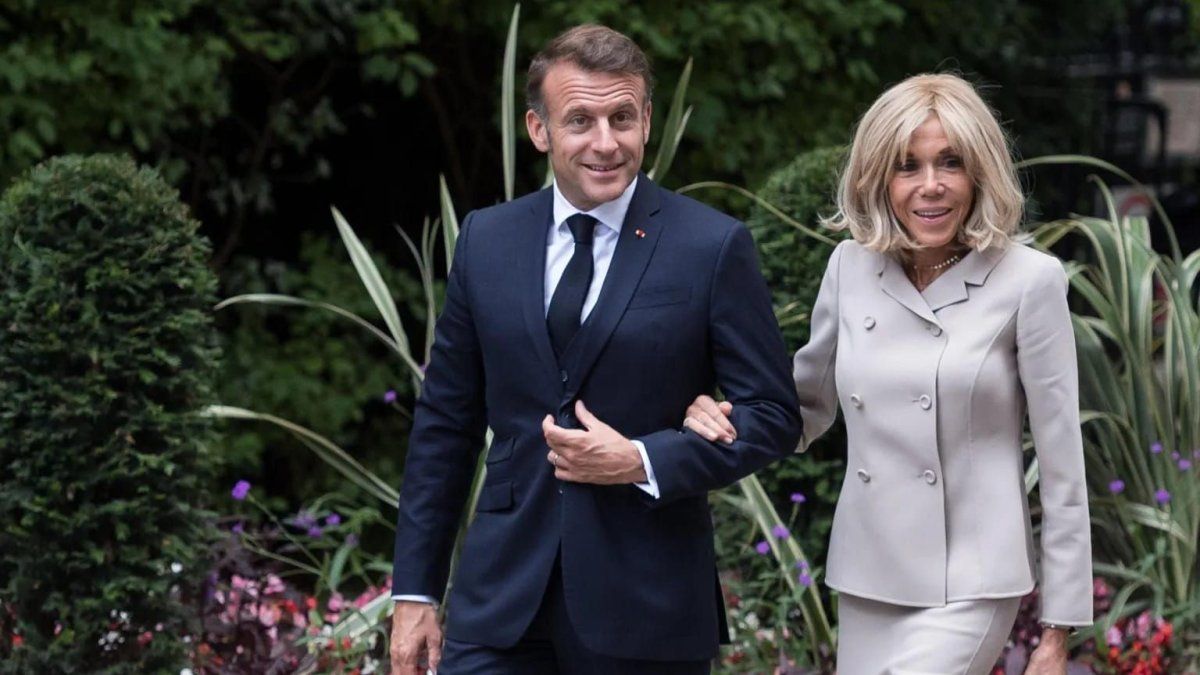David William is a talented author who has made a name for himself in the world of writing. He is a professional author who writes on a wide range of topics, from general interest to opinion news. David is currently working as a writer at 24 hours worlds where he brings his unique perspective and in-depth research to his articles, making them both informative and engaging.
Menu
War: “Blank Horror” – What’s going on in Ukraine?
Categories
Most Read
Complaints unsuccessful: After the Ahrtal flood, no new investigations against the former district administrator
October 27, 2025
No Comments
Burevestnik: Vladimir Putin in Flecktarn praises new nuclear-capable missile (video)
October 27, 2025
No Comments
Nord Stream sabotage: Court allows extradition of Ukrainian
October 27, 2025
No Comments
Argentina: Javier Milei can continue to swing the chainsaw
October 27, 2025
No Comments
SPD parliamentary group vice-president Esdar defends the demo appearance: “That was right”
October 27, 2025
No Comments
Latest Posts

Philipp Maderthaner: “Ambition has to come back into play”
October 27, 2025
No Comments
Philipp Maderthaner in conversation with Elisabeth Eidenberger He is an entrepreneur, campaign expert, “transformation pioneer”, former investor in the TV show “2 Minutes, 2 Million”

The food that many consume to get by and can damage the kidneys
October 27, 2025
No Comments
October 27, 2025 – 1:00 p.m. The kidneys have a key role in detoxifying the body and a poor diet can have serious consequences. Depositphotos

The trial begins against 10 people for spreading the false theory that Brigitte Macron is a man
October 27, 2025
No Comments
October 27, 2025 – 12:56 The French president initiated legal action to stop a defamation campaign that has been going on for more than four
24 Hours Worlds is a comprehensive source of instant world current affairs, offering up-to-the-minute coverage of breaking news and events from around the globe. With a team of experienced journalists and experts on hand 24/7.

